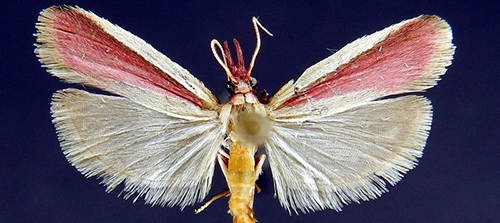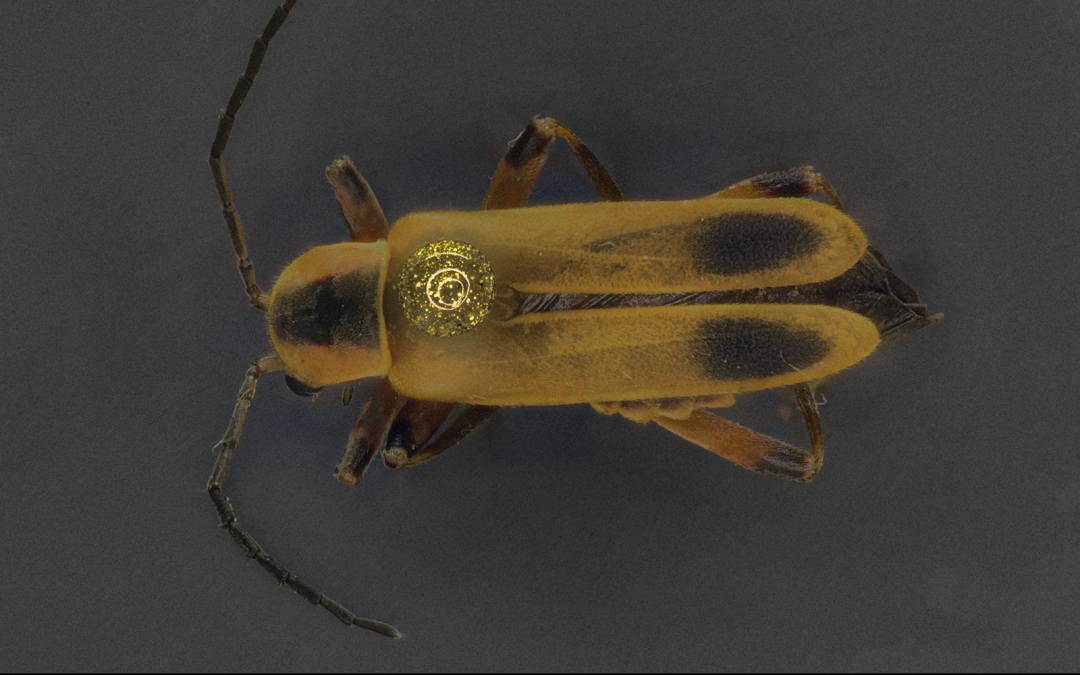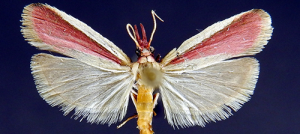We return to the beetles this week (order Coleoptera) and focus on the goldenrod soldier beetle, Chauliognathus pensylvanicus. No, that is not a typo – the spelling of that area with 1 “n” was common when this species was described by de Geer in 1774. a specimen was sent to him from ‘Pensylvanie.’ Once a species has been formally named, that spelling remains. This is one of the most common soldier beetles (family Cantharidae) in the Midwest.
This species has been identified as an important pollinator of the prairie onion. Adult beetles are active in late summer months and often found visiting flowers. They seem to prefer yellow flowers.
The following notes (from Wikipedia) provide a little too much information about one of the parasites of this insect. “Adult C. pensylvanicus may be infected by the fungus Eryniopsis lampyridarum. After the fungus infects the host, it takes about two weeks for it to eventually kill its host. Before the host dies, the fungus orders the beetle to climb a plant and then attach itself to a flower by biting down with its mandibles into flower heads. About 15–22 hours later, the fungus causes the dead beetles to raise their elytra and expand their metathoracic wings in order to maximise infection of other beetles. With their wings raised, the dead beetles may still attract mates as live males were observed mating with the deceased, infected females, this then transmits spores from one insect-host to another.”
I collected the specimen photographed some years ago in central Illinois. This view was created by stacking a number of individual photographs together.


